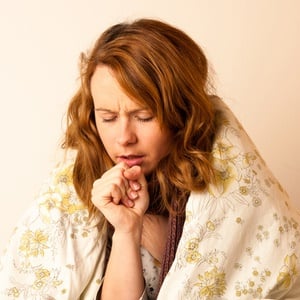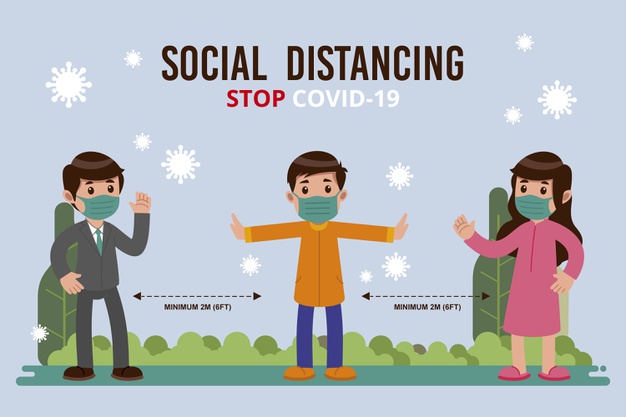Coronavirus (COVID-19) disease
COVID-19 is a disease caused by a new strain of coronavirus. 'CO' stands for corona, 'VI' for virus, and 'D' for disease.Infection with the new coronavirus causes coronavirus disease 2019 ( COVID-19 ). The virus that causes COVID-19 spreads easily among people, and more continues to be discovered over time about how it spreads.
Overview
Coronavirus is a family of viruses that can cause illnesses such as the common cold, severe acute respiratory syndrome (SARS) and Middle East respiratory syndrome (MERS). In 2019, a new coronavirus was identified as the cause of a disease outbreak that originated in China.
The virus is now known as the severe acute respiratory syndrome coronavirus 2 (SARS-CoV-2). The disease it causes is called coronavirus disease 2019 (COVID-19). In March 2020, the World Health Organization (WHO) declared the COVID-19 outbreak a pandemic.
Public health groups, including the U.S. Centers for Disease Control and Prevention (CDC) and WHO, are monitoring the pandemic and posting updates on their websites. These groups have also issued recommendations for preventing and treating the illness.
Symptoms
Signs and symptoms of coronavirus disease 2019 (COVID-19) may appear two to 14 days after exposure. This time after exposure and before having symptoms is called the incubation period. The severity of COVID-19 symptoms can range from very mild to severe. Some people may have only a few symptoms, and some people may have no symptoms at all. Some people may experience worsened symptoms, such as worsened shortness of breath and pneumonia, about a week after symptoms start.

Dry Cough
What to know?
A person with a dry cough may experience a dry, sore, or rough throat.

High Grade Fever
Infection is usually the cause of fever
In covid the fever is the common symptom and its usually reach 103F.

Weakness
Having a body ache.
It comletely tear down your body into pain feels sleepy all day.
Causes
The virus that causes COVID-19 spreads easily among people, and more continues to be discovered over time about how it spreads. Data has shown that it spreads mainly from person to person among those in close contact (within about 6 feet, or 2 meters). The virus spreads by respiratory droplets released when someone with the virus coughs, sneezes, breathes, sings or talks. These droplets can be inhaled or land in the mouth, nose or eyes of a person nearby.
In some situations, the COVID-19 virus can spread by a person being exposed to small droplets or aerosols that stay in the air for several minutes or hours — called airborne transmission. It's not yet known how common it is for the virus to spread this way.
It can also spread if a person touches a surface or object with the virus on it and then touches his or her mouth, nose or eyes, but the risk is low. Some reinfections of the virus that causes COVID-19 have happened, but these have been uncommon.
Preventions
The U.S. Food and Drug Administration (FDA) has given emergency use authorization to some COVID-19 vaccines in the U.S. A vaccine can prevent you from getting the COVID-19 virus or prevent you from becoming seriously ill if you get the COVID-19 virus. Also, if you are fully vaccinated, you can return to many activities you may not have been able to do because of the pandemic — including not wearing a mask or social distancing — except where required by a rule or law.

Social Distancing
Minimum 2M
Social Distancing Should Be Maintained Properly.

Proper Hand Sanitization
Sanitize Yourself
Keep Your Hands Clean To Prevent The Spread Of Covid-19.
Wear a mask Properly
Must Wear
For Your Safety And The Safety Of Others, A Mask Should Be Worn.
Complication
Although most people with COVID-19 have mild to moderate symptoms, the disease can cause severe medical complications and lead to death in some people. Older adults or people with existing medical conditions are at greater risk of becoming seriously ill with COVID-19.
Complications can include:
- Pneumonia and trouble breathing
- Organ failure in several organs
- Heart problems
- A severe lung condition that causes a low amount of oxygen to go through your bloodstream to your organs (acute respiratory distress syndrome)
- Blood clots
- Acute kidney injury
- Additional viral and bacterial infections